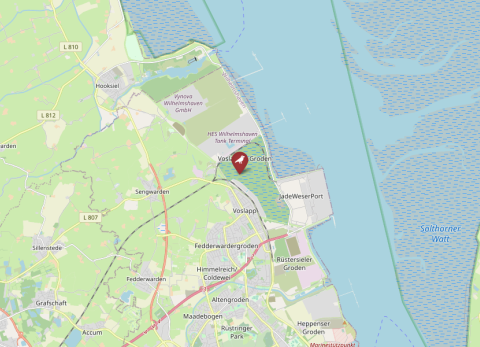| Species |
Common tern |
| Start year |
1992 |
| End year |
NA |
| Continuous collection of data |
Yes |
| Gap years |
NA |
| Longest data collection |
29 |
| Parental ID's recorded |
Yes, for transponder-marked birds |
| List of basic breeding data collected |
Arrival date, lay date, clutch size, number hatched, number fledged |
| Description of the protocols for breeding data collection |
Three-times weekly checks of the six subcolonies are used to mark each nest, to assess lay date and to record reproductive parameters. |
| Description of the protocols for taking individual level measurements |
In 1992, 101 adult birds of this population were caught and marked with transponders (TROVAN ID 100; TROVAN, Köln, Germany). Since 1992, all locally hatched birds have similarly been marked with a transponder shortly prior to fledging. The colony site consists of a line of six concrete islands (denoted A–F, land to lakeward), each of which measures 10.7 × 4.6 m, is homogeneously covered with gravel and is surrounded by a 0.6 m wall. Walls are equipped with 44 elevated platforms for terns to land and rest on. Each platform is equipped with an antenna, which reads transponder codes at a distance ≤11 cm every 5 s. This allows automatic detection of the presence of all transponder-marked individuals (i.e. prospectors, non-breeders and breeders), e.g. to record arrival date and daily presence. Three-times weekly checks of the six subcolonies are used to mark each nest, to assess laying date and to record reproductive parameters. During incubation, which is shared between partners, antennae are placed around each nest for 1–2 days to identify breeding individuals such that we can distinguish between first, replacement, as well as second clutches. Since 1993, all nest sites have been mapped at the end of each breeding season by measuring the distance from the wall of one long and one narrow side of each island, leading to x and y-coordinates of nest midpoints. |
| Experimental manipulations |
Yes, but minimally invasive (Kürten et al 2020 JORN) |
| Description of experimental manipulations |
Catching for deployment with geolocators |
| Predation events recorded |
Partly |
| How are second clutches recorded? |
During incubation, which is shared between partners, antennae are placed around each nest for 1–2 days to identify breeding individuals such that we can distinguish between first, replacement, as well as second clutches. |

